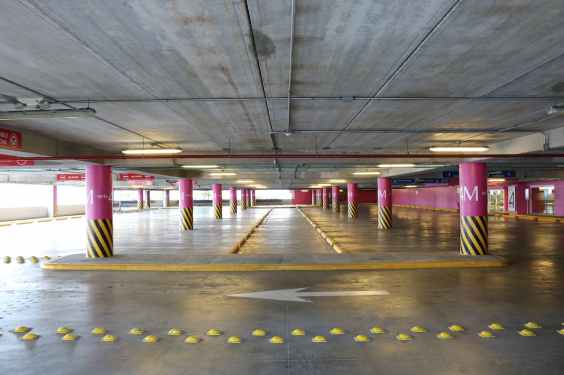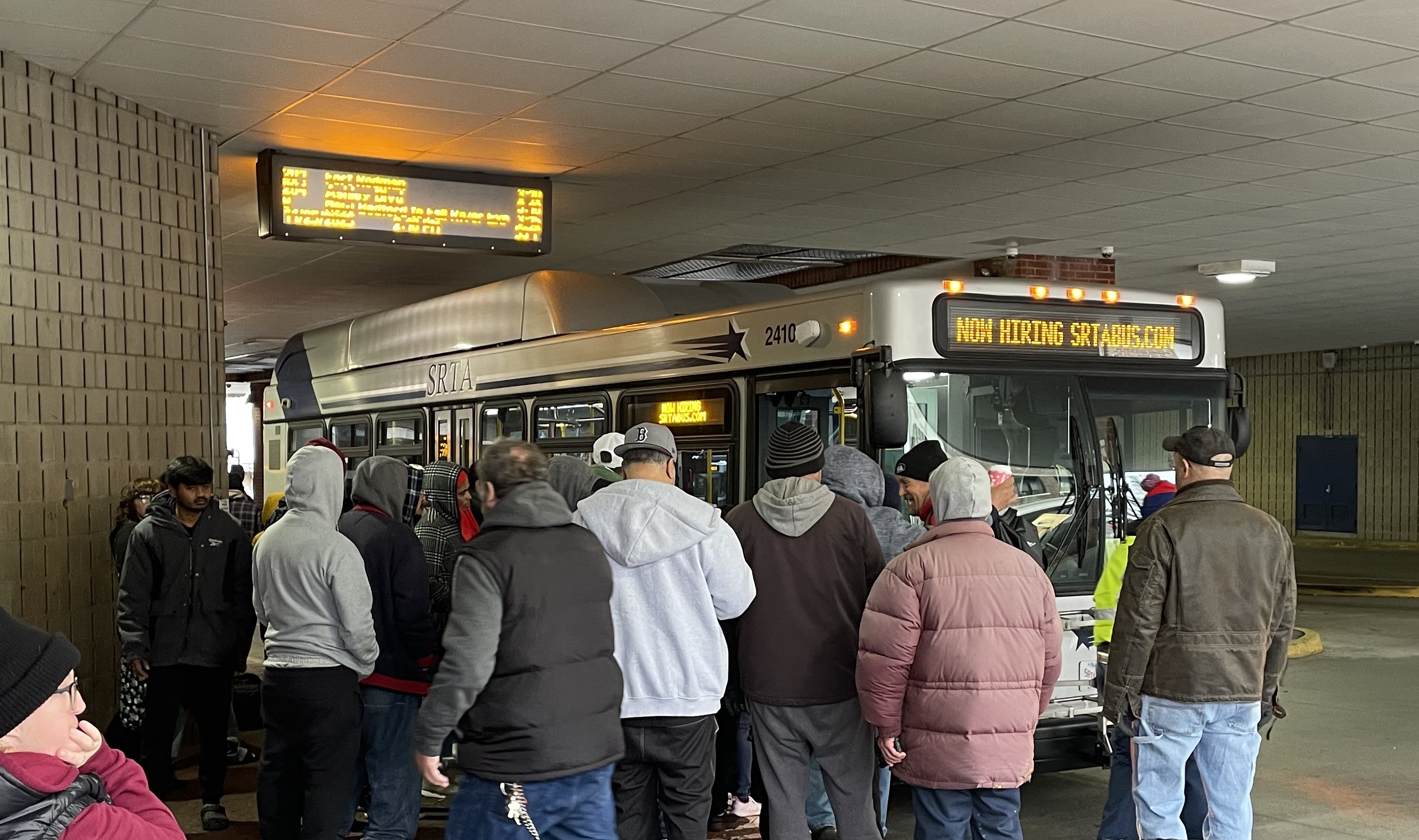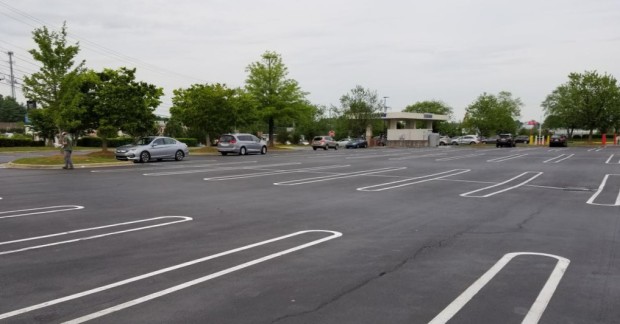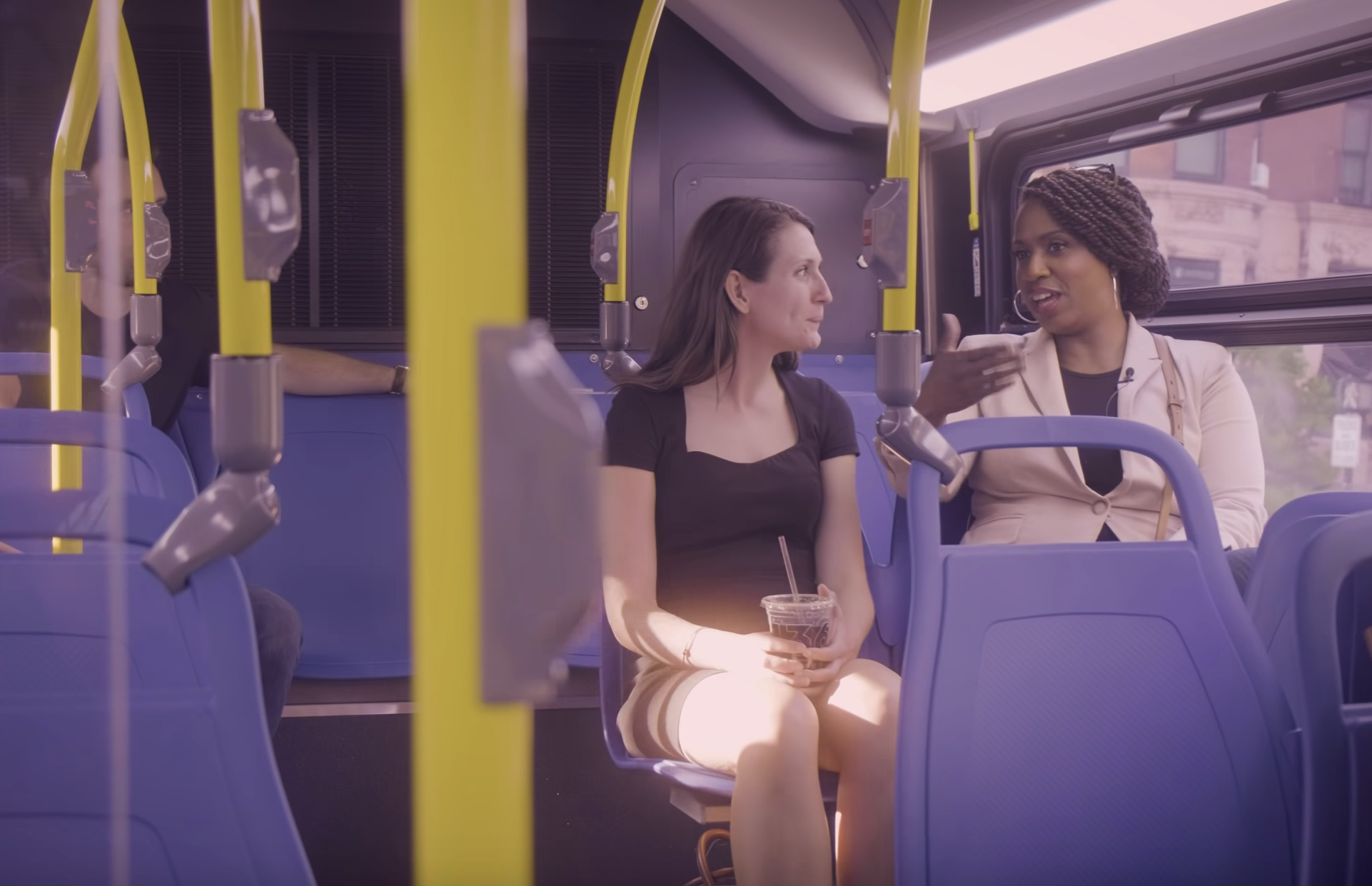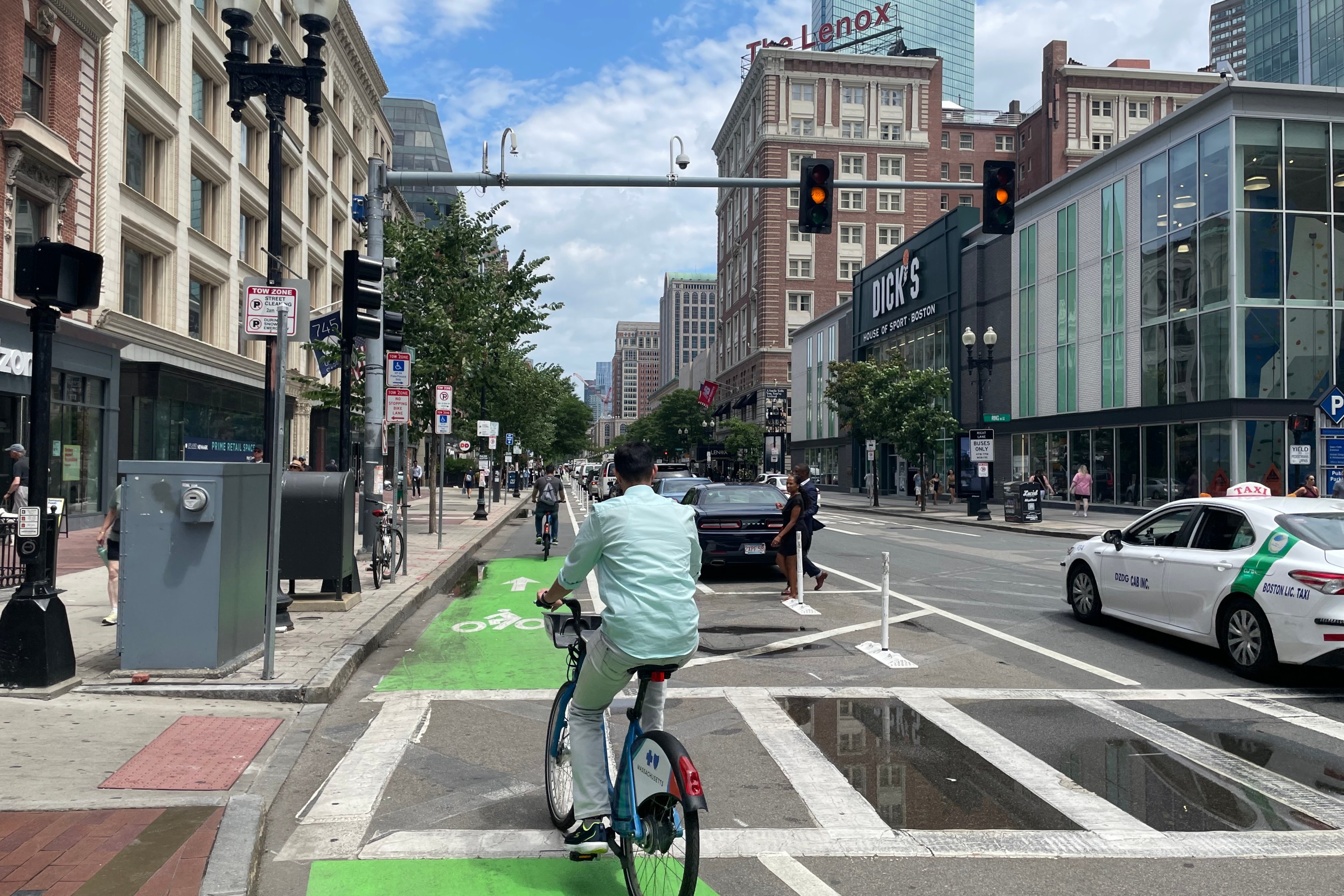The MBTA is planning a small track project in Reading that would allow the agency to considerably increase its regional rail service in the suburbs north of Boston.
Under the proposal, a new "turnback track" north of the Reading station would enable the agency to start running trains every 30 minutes for eight stations in Reading, Wakefield, Melrose, and Malden.
That new track would allow half of the line's trains to stop and turn around just past the Reading station, while the other half would continue north to serve Lawrence and Haverhill with hourly service.

Current Haverhill Line schedules have trains running every 45 minutes between Boston and Reading, and every 90 minutes to Andover, Lawrence, and Haverhill.
"We are working on increasing our frequency and implementing our regional rail model, where we have increased frequency on our inner-core stations, and less frequent service on the outer stations," explained Sharon Cranston, the MBTA's Director of Rail Modernization Delivery, told residents at a public meeting in Reading Tuesday evening.
"We're going to have clockface service, so you will know which times in the hour a commuter rail train can be expected at Reading station. For example, if it's at 15 and 45 minutes past the hour... you don't need to be constantly pulling up schedules."
According to Cranston, the new "turnback track" would be located just northwest of the existing Reading station, which currently has only one track.
The new track would allow alternating northbound trains to pull off the main line after discharging passengers at the Reading station. There, train crews would move to the other end of the train, let the next Haverhill train pass by on the main line, then, once the track is clear, drive back into the Reading station to pick up passengers for the southbound trip back into Boston.
While the increased service is expected to lure more riders, many residents at Tuesday's meeting expressed frustration that the T would be putting more idling diesel trains in the midst of their neighborhoods.
Cranston admitted that operating new zero-emission electric trains "is not a short-term goal; it is not a funded goal. But we are working towards that."
T officials also argued that increased transit service could benefit regional air quality by shifting more trips from highways.
The Haverhill Line also runs roughly parallel to Interstate 93, which is of the region's most congested highways and a massive source of regional air pollution. The MBTA notes that the Fairmount Line saw an 18 percent increase in ridership within 5 months of implementing 30-minute service last summer.
The T is also planning to roll out 30-minute frequencies on the Worcester Line within the next year.
Other participants asked why the T was spending money to build a new track away from Reading station, when they could accomplish similar operational benefits by adding a second track at the station itself.
The existing station has two low-level platforms with space for two tracks, but the second track was removed many years ago (see photo above).
Cranston noted that the T considered this option, but rejected it as a short-term solution because designing, permitting, and building a new station that's compatible with modern accessibility requirements "would take us approximately 10 years" and considerably more money.

